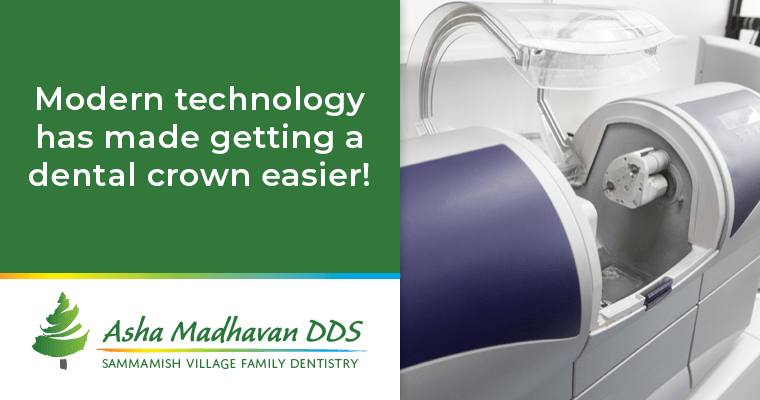
We use an intraoral camera to take a photo of the preparation, the antagonist teeth, and the bite situation. As a patient who came to the subreddit with a question, I wanted to make sure you know that your involvement is recognized and hugely appreciated.During a chairside treatment, our dentists carry out all the steps, from digital impressions and computer-based construction of the restoration to the milling process, inside their office. Tangentially, I noticed that you cropped up in most of the subreddit threads I found, consistently contributing helpful and/or interesting thoughts. It seems to me that if the porcelain usually lasts at least twice as long as the composite, that could justify the expense in my mind. At least, the interface is far more likely to be the source of issues, compared to the filling material itself. I realize after some reading today that eventually the interface between the filling & the tooth will probably fail. I'm curious about the lifetime of indirect porcelain restorations (ignoring the CEREC portion for now) vs direct composite restorations. In particulary, the back & forth between you and /u/rossdds were on my mind when I wrote that opinions of CEREC came across as mixed, depending significantly on the practitioner's skill. That post, as well as a few others in this subreddit and a dentist's IAmA responses, were the most helpful sources I found. It's good to hear your point on both sides. Thanks for the reply, that link, and directly answering my question. Is it worth the extra couple hundred bucks? That depends on you probably.

However, the restoration you get from the cerec will probably be great. Most dentists (or at least those without an expensive cerec machine) don't typically recommend this type of treatment routinely because we are pretty good at fillings for the most part and most patients aren't interested in paying extra for these types of things - so for that reason yes - your dentist is partially trying to pay for their expensive toy. The main drawback to preparing a tooth for an inlay/onlay is that slightly more tooth typically needs to be removed vs a standard filling. That is mostly the case, so long as the tooth is captured adequately and it is prepared properly. Now, the thought process is that indirect restorations (ones that are made outside of the mouth ie a lab, a cerec unit) will always be better than direct restorations. Opinions of CEREC in general came across as extreme one way or the other, depending on the training & skill of the practitioner.įirst, I'm going to link a thread from a few months back where dentists talked about these types of restoration - though to be fair it was probably more about crowns and inlays/onlays (maybe you saw it already?). I searched the /r/Dentistry and /r/AskReddit archives, but couldn't find any direct answers. I keep an emergency fund for unexpected expenses like this, making the question mainly about whether or not they're worth the extra money. That said, she did make it abundantly clear that I have a choice. My dentist seemed to think so - though I worry that is at least partially to pay for the machine. Tl dr Are 2 CEREC-milled porcelain fillings worth a $400 premium over composites? My out of pocket expense will be roughly $600 for the composite or $1000 for the porcelain. Fortunately, I do have dental insurance through work unfortunately, my insurance reimburses all fillings at amalgam rates. My dentist is giving me a choice between porcelain (using the office's CEREC mill) or composite. I need to have two old silver amalgam fillings replaced (onlay on 19 & inlay on 20).


 0 kommentar(er)
0 kommentar(er)
